Why Stargazing in the Smokies Is a Must-Do Experience
There’s a kind of silence in the Smokies that only shows up after the sun dips below the ridge. It’s not empty or eerie—it’s ancient. That hush rolls in with the mist, stretching across the valleys and clinging to the fir trees, as if the mountains themselves are leaning in to watch the stars right alongside you.
Growing up just outside Gatlinburg, I learned early on that the real magic doesn’t always happen during the daylight hours. Sure, the trails and waterfalls draw the crowds. But ask any seasoned local when the Smokies feel most alive, and they’ll tell you: it’s under a night sky so clear you swear you can hear it breathe.
Stargazing in the Smokies is more than an evening activity. It’s a memory in the making. Whether you’re perched on an overlook watching the Milky Way slowly reveal itself or lying on a blanket in Cades Cove counting shooting stars, these moments have a way of anchoring themselves deep inside you. It’s that combination of crisp mountain air, soft wind through the pines, and a dome of stars so bright it puts city skylines to shame.
What makes this place special for skywatchers is its designation as a low-light pollution zone. The National Park Service has worked hard to preserve dark sky areas, especially in higher elevations like Clingmans Dome and open spaces like the Foothills Parkway. And while there are technically no official “dark sky parks” in the Smokies, the natural conditions here—elevation, low humidity at certain times of year, and remoteness from big cities—make it an unsung stargazing haven.
It’s not just about the number of stars, either. You’ll see constellations you forgot existed. You’ll catch the curve of the Milky Way without ever needing a telescope. And on the best nights? You might spot planets, satellites, and if you’re lucky, even a meteor shower lighting up the entire range.
If you’re thinking about adding something extra to your Smoky Mountains adventure—something quieter, more reflective, and absolutely unforgettable—make time for the stars.
💡 Want to see the Milky Way without hiking miles? Book your stay near the stars.
1. Clingmans Dome: Stargazing at the Smokies’ Highest Point
At 6,643 feet above sea level, Clingmans Dome isn’t just the tallest peak in the Great Smoky Mountains—it’s also one of the most jaw-dropping places to watch the night sky unfold.
During the day, this iconic location offers panoramic views stretching over 100 miles on a clear day. But come nightfall, it transforms into a celestial observatory unlike any other. With minimal light pollution and a 360-degree vantage from the concrete observation tower, Clingmans Dome provides stargazers with a front-row seat to the cosmos.
On especially clear nights, the Milky Way becomes visible as a silver ribbon arcing across the sky. Major constellations like Orion, Cassiopeia, and the Big Dipper are bright and easy to spot, even with the naked eye. For those into astrophotography or telescope viewing, this is prime real estate.
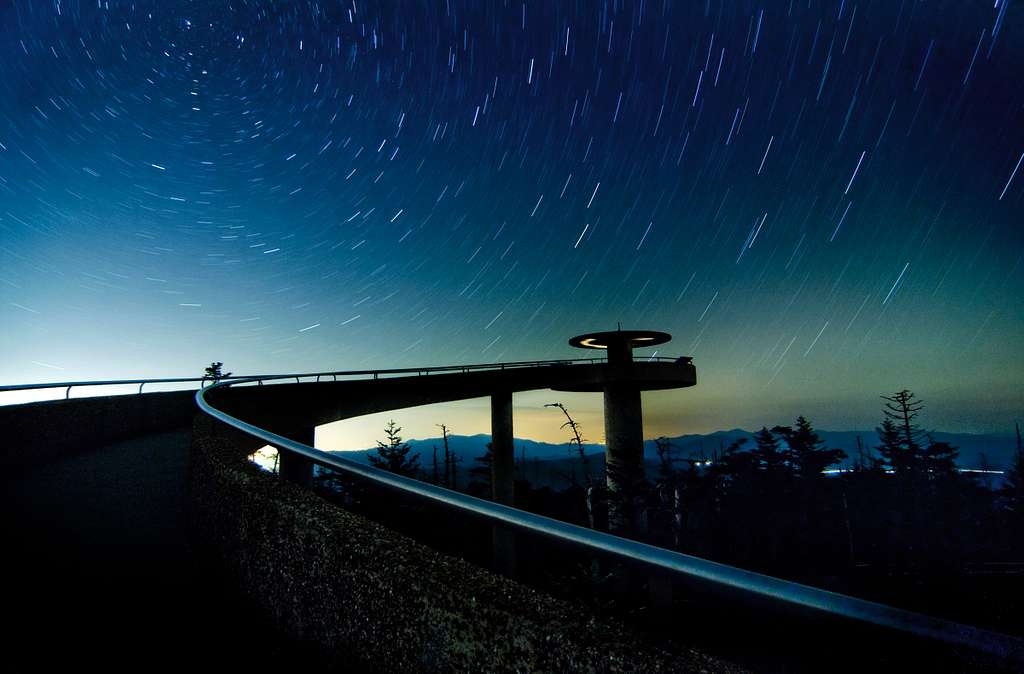
🧭 Tips for Visiting:
- Bring layers. Even in summer, temperatures at this elevation can dip quickly after dark.
- Flashlights or headlamps with red light mode are a must—white light disrupts night vision.
- Arrive early for parking. Space is limited, and this spot is popular year-round.
2. Cades Cove: Wildlife by Day, Stars by Night
By day, Cades Cove is one of the most visited spots in the Smokies—known for its lush valley views, historic cabins, and roaming wildlife like black bears and deer. But by night? It transforms into a silent amphitheater for some of the most breathtaking stargazing east of the Mississippi.
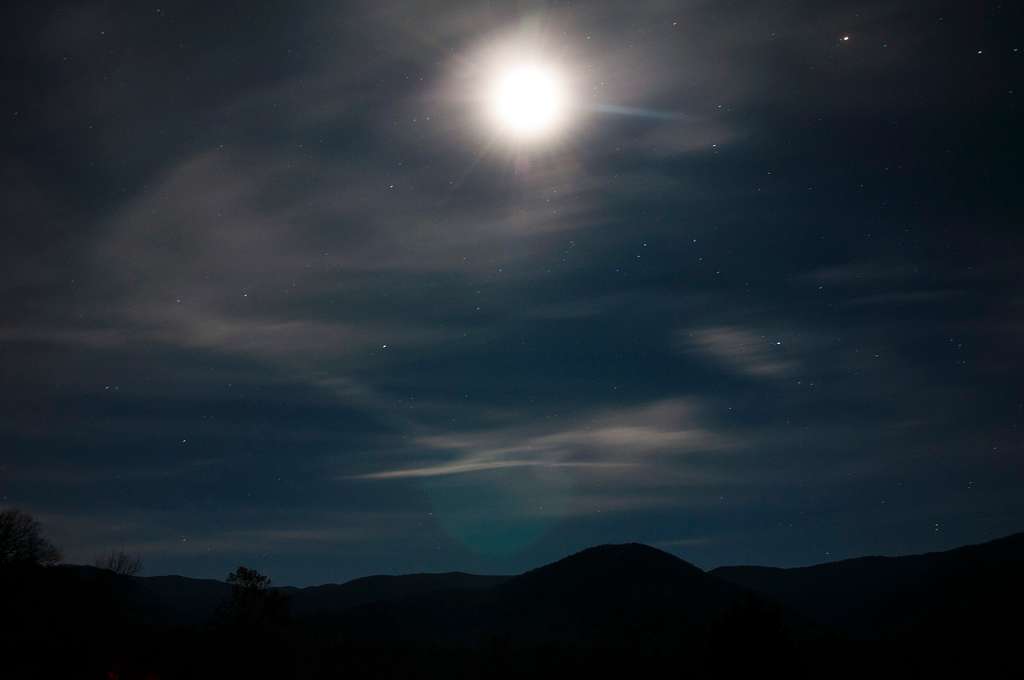
Surrounded by towering ridges that block urban light, this wide, open valley becomes an ideal dark-sky location. Whether you’re standing in the center of the loop road or pulling off at one of the many fields, you’ll feel as though you’ve stepped into a planetarium carved by nature.
The best part? You don’t need fancy gear to enjoy it. Just tilt your head back and let the sky do the storytelling.
🌌 What Makes It Unique:
- The valley floor is perfectly flat, giving you uninterrupted 360° sky views.
- Lower elevation makes it more accessible (and warmer) than Clingmans Dome.
- On moonless nights, it’s one of the best spots to see meteor showers.
🛑 Important: The loop road closes to car traffic after dark, so you’ll need to park before sunset and walk in—bring a flashlight and travel with others.
3. Foothills Parkway: The Overlook That Locals Keep Quiet
While the Smokies have no shortage of popular spots, Foothills Parkway is a scenic gem that even frequent visitors sometimes miss. Running along the edge of the national park, this roadway offers high-altitude views without the high-traffic chaos—and it’s absolutely perfect for stargazing.
There are multiple pull-offs and overlooks along the parkway where you can stop, turn off your car, and let the sky unfold above you. On clear nights, the Milky Way stretches like a veil across the ridgeline, and the absence of heavy foot traffic gives you a front-row seat to the cosmos in peaceful solitude.
🌌 What Makes It Unique:
- Elevated views facing both east and west for a wide-angle sky canvas
- Less foot traffic = quieter, more immersive night experience
- Great for romantic stargazing or solo reflection moments
📍 Pro Tip: Try the Look Rock Overlook, which has an actual observation tower and is rarely crowded after dark.
💡 There’s no rush to leave when your room is just down the road—find your mountain-view base now.
What to Bring for a Perfect Stargazing Night in the Smokies
Before you head into the darkness of the Smoky Mountains for your celestial show, packing the right gear can make the difference between a magical evening and a frustrating one. Stargazing may seem simple, but these essentials will take your experience to the next level.
✅ The Essentials Checklist:
- Blankets or Camp Chairs: You’ll want to stay comfortable while watching the sky unfold. Look for insulated blankets or foldable chairs with back support.
- Red Flashlight or Headlamp: Regular white lights ruin your night vision. A red light helps you see without compromising your ability to stargaze.
- Star App or Sky Map: Use a stargazing app to identify constellations, planets, and satellites. No cell signal? A printed sky map works just as well.
- Thermos & Snacks: Temperatures can dip fast at elevation. A warm drink and your favorite trail snacks keep the experience cozy and satisfying.
- Bug Spray & Layers: Even on cool nights, the bugs might not get the memo. Keep yourself comfortable with a quick spritz and some layers you can add or remove.



🌠 Bonus Tip:
Bring binoculars! They’re easier to manage than a telescope and perfect for catching sight of planets or the moon’s surface in detail.
💡 Stay close to the stars—book your cabin with a fire pit and night-sky views right here.









Best Times of the Year to Stargaze in the Smokies
Timing is everything when it comes to stargazing—and in the Smokies, the sky puts on its best show when the conditions align with nature’s rhythm.
🌌 Top Seasons for Celestial Views
- Fall (September–November): Crisp air, low humidity, and longer nights make this the prime stargazing season. Plus, the absence of summer haze sharpens your view of the Milky Way.
- Spring (March–May): Cooler nights and fewer clouds mean clearer skies. Spring constellations like Leo, Virgo, and Bootes come alive above the treetops.
- Winter (December–February): While colder, winter skies are incredibly clear. You’ll need to bundle up, but the payoff is uninterrupted views of Orion and Sirius.
🌑 Moon Phases Matter
For the darkest skies and the most stars, plan your trip around the new moon. Full moons are beautiful but flood the sky with light, washing out the fainter constellations.
🗓️ Special Events to Catch
- Perseid Meteor Shower (August): A summer classic with up to 100 meteors per hour.
- Geminid Meteor Shower (December): One of the most brilliant showers of the year—if you can brave the cold.
- Total Lunar Eclipses & Planet Alignments: Rare and incredible to witness from mountain overlooks.
💡 Don’t miss the stars—book your stay during peak viewing seasons before they’re gone.

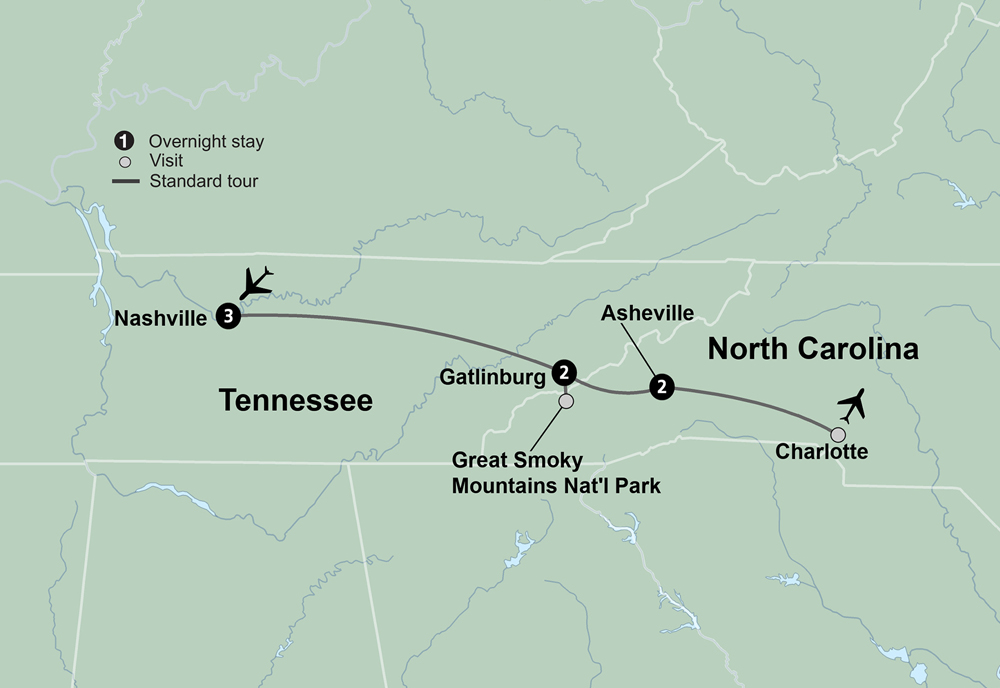
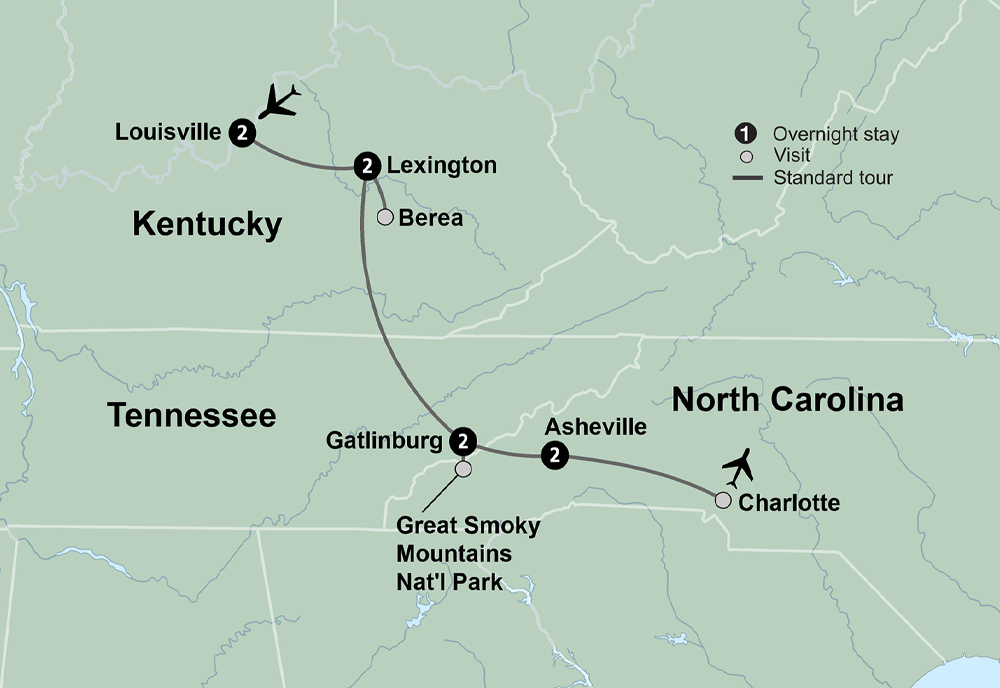
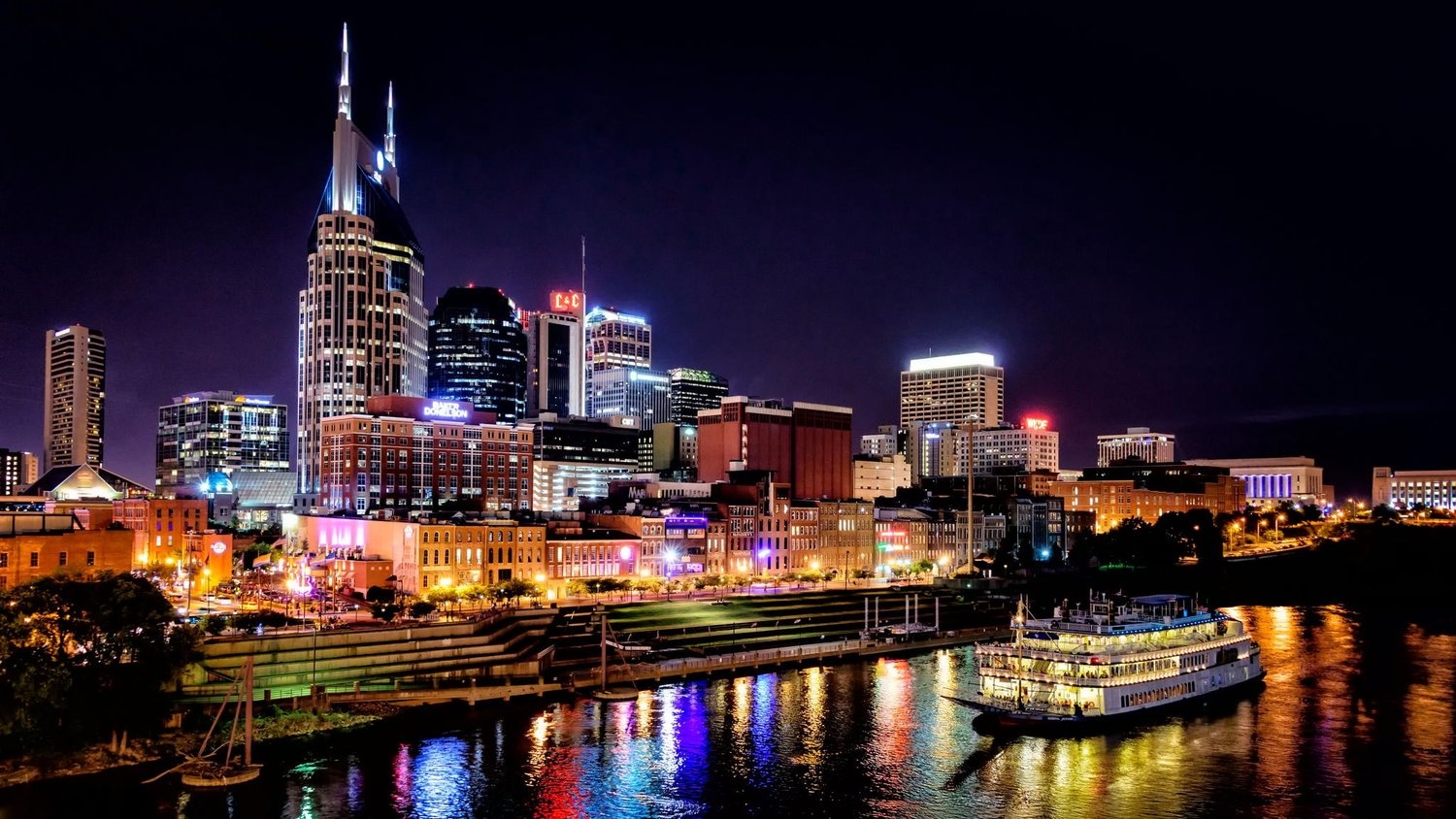

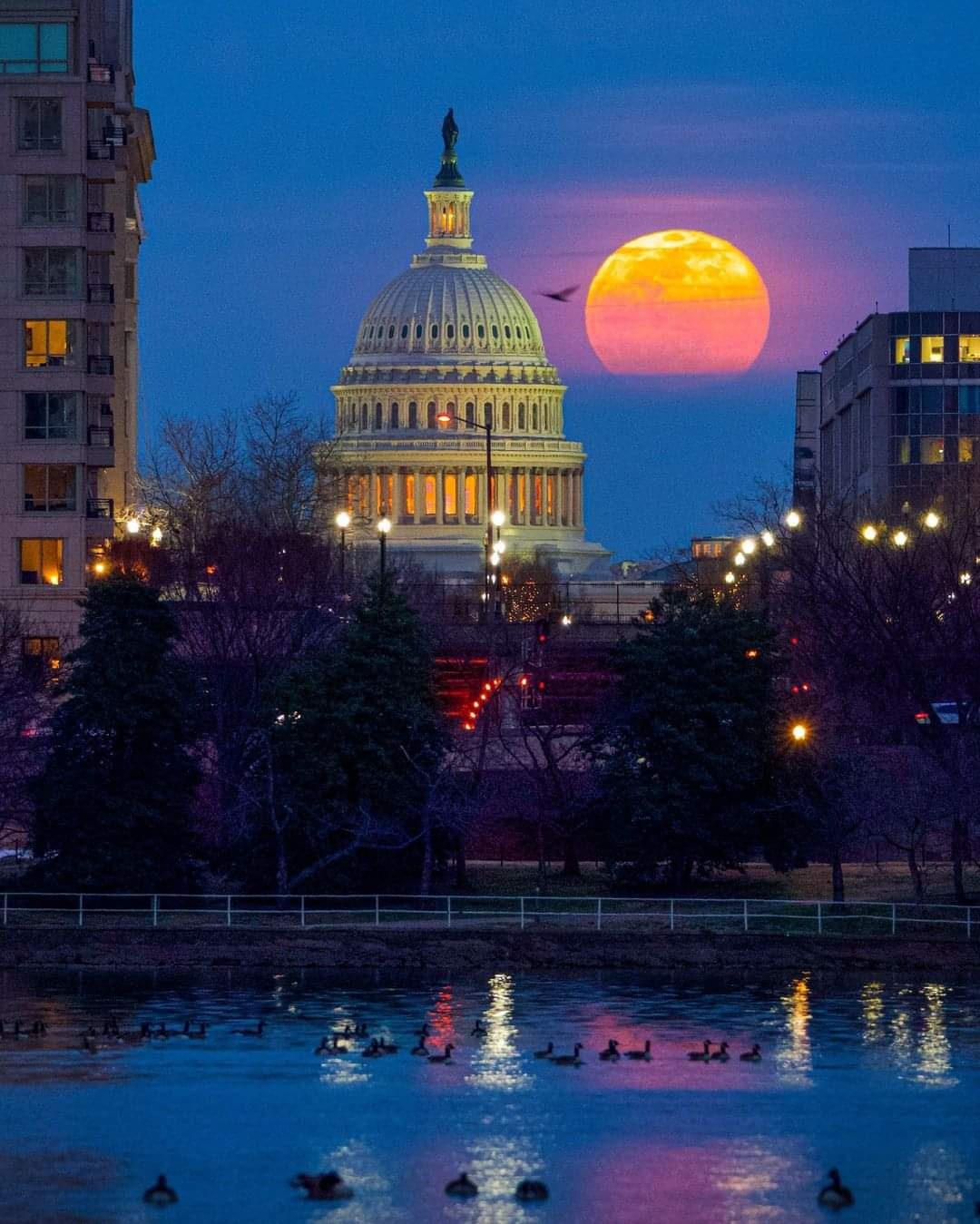
FAQ: Stargazing in the Smokies
🌠 Where is the absolute best place to stargaze in the Smoky Mountains?
Cades Cove tops the list for its wide, open valley and minimal light pollution. It’s popular but spacious enough to find your own quiet corner. Just make sure to arrive before the gates close and plan to stay late under the stars.
🌙 Do I need a permit to stargaze in the park?
No permit is required for general stargazing, but if you’re planning a backcountry overnight trip, you’ll need a permit. Always check the Great Smoky Mountains National Park website for updates and alerts before heading out.
🧭 Can I use a telescope or astrophotography gear?
Absolutely! Many stargazers bring portable telescopes or DSLR cameras with tripods. Cades Cove, Clingmans Dome, and Foothills Parkway offer fantastic vantage points with minimal obstruction. Just be courteous with red-light headlamps to preserve night vision for everyone around you.
🕰️ What time should I go stargazing?
Aim to arrive 30–60 minutes after sunset—once twilight fades, the stars begin to pop. For best visibility, check moon phases and go on clear nights with low humidity.
🐻 Is it safe to stargaze in bear country?
Yes—with precautions. Stick to popular observation areas like Cades Cove, and store any snacks in airtight containers or your vehicle. Avoid wandering off-trail at night. Wildlife encounters are rare in well-traveled spots, especially after dark when human presence is lower—but always stay alert and respectful of nature.
🌌 Conclusion: Let the Mountains Remind You to Look Up
There’s something humbling—almost holy—about stargazing in the Smokies. Far from the city lights and glowing screens, the mountains open up to a sky that feels bigger, deeper, and full of wonder. Whether you’re watching the Milky Way drift over Cades Cove, tracing constellations from Foothills Parkway, or just sharing a quiet moment under a velvet dome of stars—this is the kind of magic that lingers long after your trip ends.
But don’t just dream about it. Plan for it.
Pack the gear, check the weather, and bring a heart ready to slow down. You won’t just see stars in the Smokies—you’ll remember how it feels to be small in the very best way.



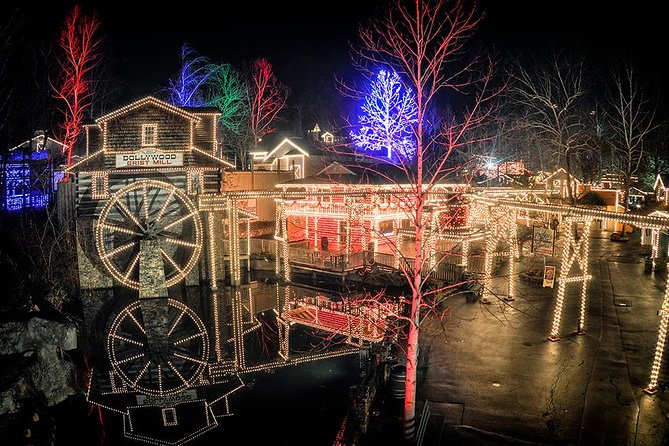
Leave a Reply